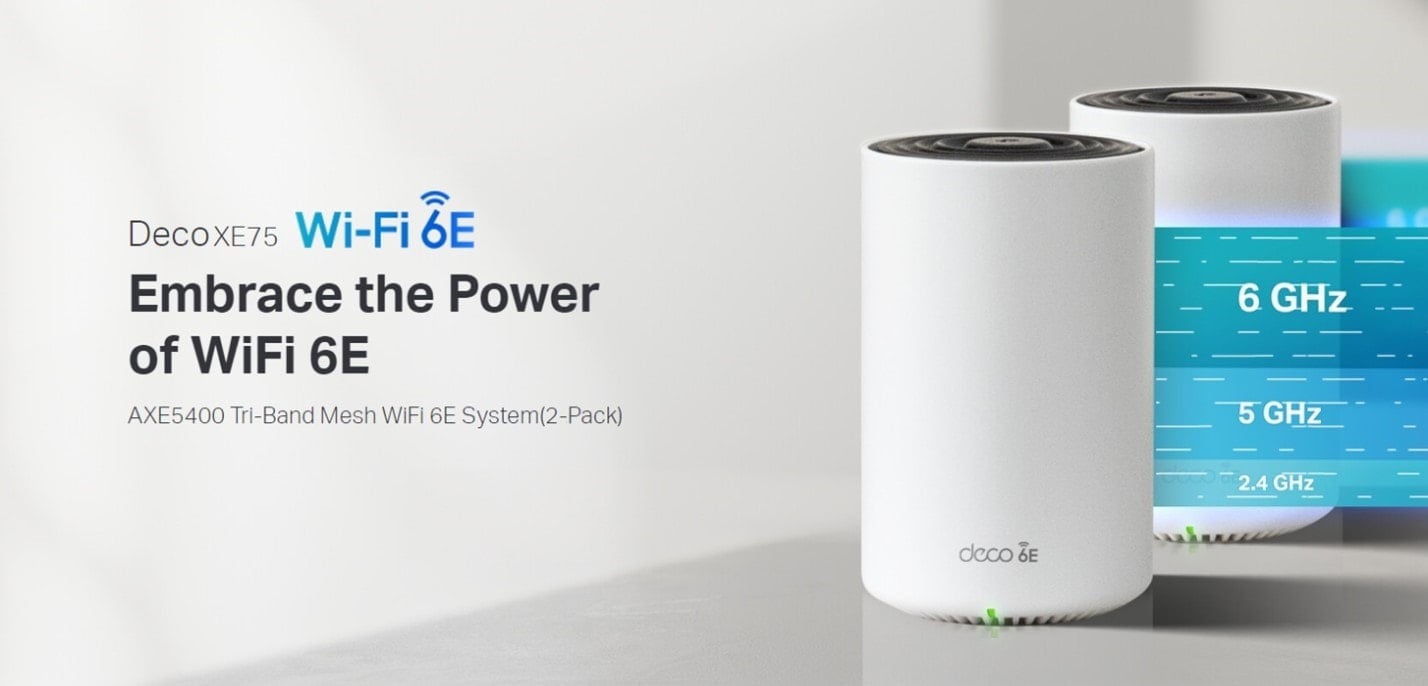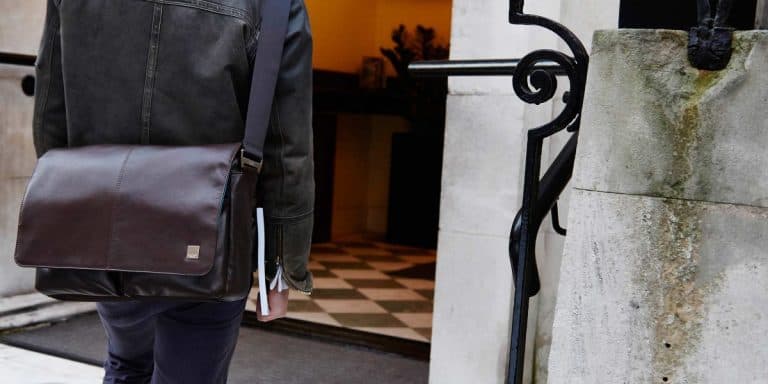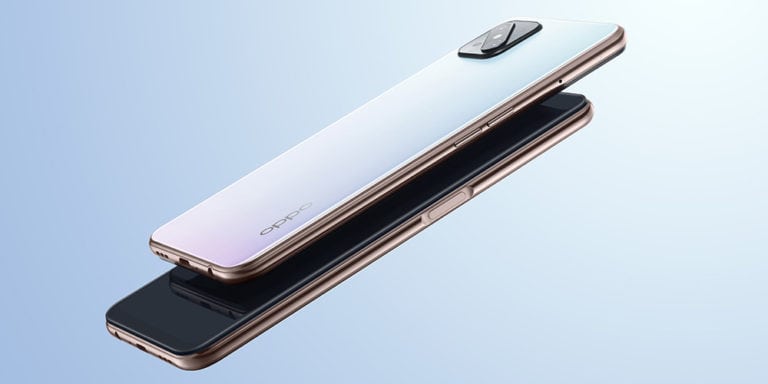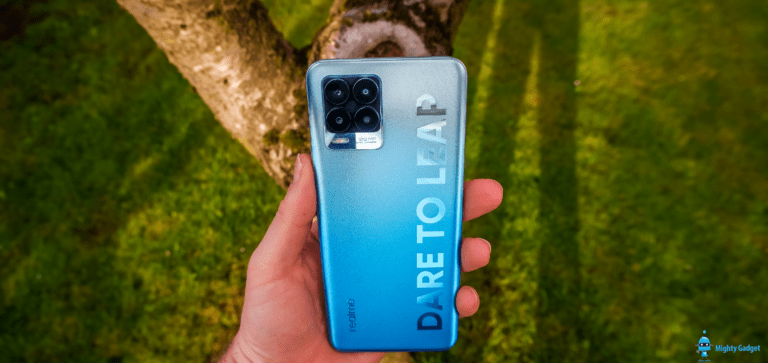Any links to online stores should be assumed to be affiliates. The company or PR agency provides all or most review samples. They have no control over my content, and I provide my honest opinion.
The TP-Link Deco XE75 has been available in the US for months now, but it is only just getting a UK launch.
TP-Link Deco XE75 Pro vs None-Pro
There are two variants of the system, a standard and a pro model. In the US, the TP-Link Deco 2-pack is $270, while the Deco XE75 Pro 2-pack is $300.
The only difference between these models is the Ethernet ports. The standard model has 3× Gigabit Ports per Deco, while the Pro model has 1× 2.5 Gbps Port and 2× Gigabit Ports per Deco.
Personally, I think if you are going to invest in Wi-Fi 6E, then having the ability to go beyond gigabit Wi-Fi speeds is essential, and therefore you should opt for the Pro model.
In the UK, the choice isn’t all that difficult. The standard model is listed for £440 on Amazon and out of stock, while the Pro model is £379.99 pre-order available from the 30th of October.
TP-Link Deco XE75 Pro vs Netgear Orbi AXE11000 RBKE963
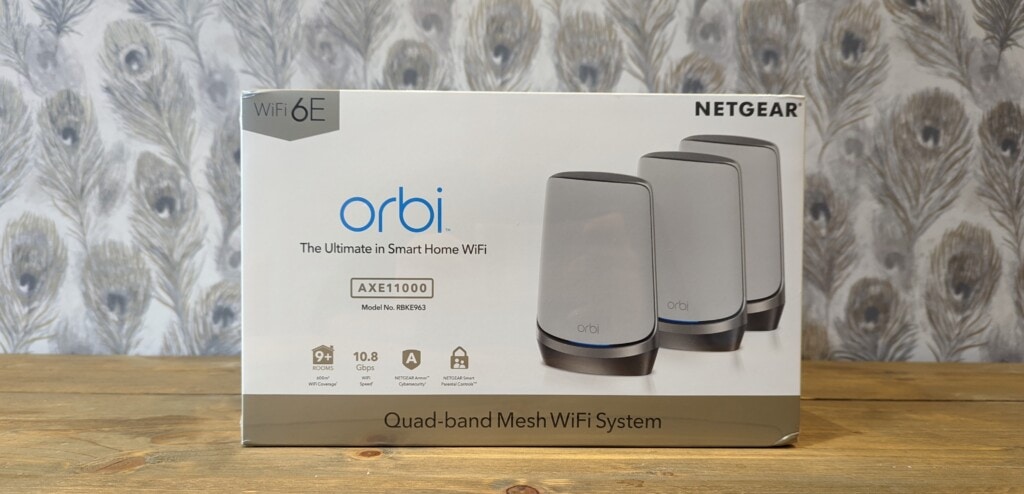
| Preview | Product | Rating | Price | |
|---|---|---|---|---|

| NETGEAR Orbi WiFi 6E Mesh System (RBKE963B) – Quad-Band... | 43 Reviews | £1,999.00 | Buy on Amazon |
Those prices appear incredible when you look at the Wi-Fi 6E mesh system from Netgear, which costs £1500. However, there are some significant differences that separate the two systems apart.
For a start, the Netgear Orbi AXE11000 mesh system is only sold as a three-pack in the UK, but a two-pack would still be about £1k. You can get an add-on Deco XE75 Pro for £200, bringing the total cost to £580 vs the £1500 RBKE963.
The reasons why the Orbi RBKE963 costs so much are:
- It is the only quad-band system on the market, providing two 5Ghz channels, which allows one to be used as a dedicated backhaul. This means the satellites on the RBKE963 will significantly outperform all other (tri-band) Wi-Fi 6E mesh systems.
- Each band uses a 4×4 (16-streams) radio configuration vs 2×2 (6-streams), providing significantly more capacity, hence the rating of AXE11000 vs AXE5400
- The Netgear router has 1x 10Gbps WAN, 1x 2.5Gbps LAN and 3x Gigabit LAN making the system better equipped for both multi-gig Internet and Wi-Fi.
The Orbi system doesn’t win on all the specs, though. TP-Link supports 160Mhz channel width on the 5Ghz band, so whichever Deco you have wired up to the network should provide superior speeds to the Orbi on 5Ghz.
Which would I buy?
It is hard to say which one is best, I think they are two very different systems. While there are not many Wi-Fi 6E systems on the market, the Deco XE75 Pro will likely end up looking like a low to mid-range affordable system in comparison to the Orbi, which will almost certainly be the flagship system from Netgear until they launch a Wi-Fi 7 system.
If you can locate the main router central to your home and use that for most of the Wi-Fi with the satellites covering the less important parts of your home, then the Deco XE75 Pro is likely a better buy.
Similarly, if you have your home wired up with Ethernet and plan to use these more like a traditional access point, then the Deco XE75 Pro is outstanding value for money compared to the current crop of Wi-Fi 6E access points. As I have wired my home up for Ethernet, and because I am tight-fisted, this Deco XE75 Pro would be the best option for me.
If money is not a concern and you want the best Wi-Fi possible without the complexity of wires, then the RBKE963 continues to be the best system on the market.
I am James, a UK-based tech enthusiast and the Editor and Owner of Mighty Gadget, which I’ve proudly run since 2007. Passionate about all things technology, my expertise spans from computers and networking to mobile, wearables, and smart home devices.
As a fitness fanatic who loves running and cycling, I also have a keen interest in fitness-related technology, and I take every opportunity to cover this niche on my blog. My diverse interests allow me to bring a unique perspective to tech blogging, merging lifestyle, fitness, and the latest tech trends.
In my academic pursuits, I earned a BSc in Information Systems Design from UCLAN, before advancing my learning with a Master’s Degree in Computing. This advanced study also included Cisco CCNA accreditation, further demonstrating my commitment to understanding and staying ahead of the technology curve.
I’m proud to share that Vuelio has consistently ranked Mighty Gadget as one of the top technology blogs in the UK. With my dedication to technology and drive to share my insights, I aim to continue providing my readers with engaging and informative content.
Last update on 2024-04-20 / Affiliate links / Images from Amazon Product Advertising API

